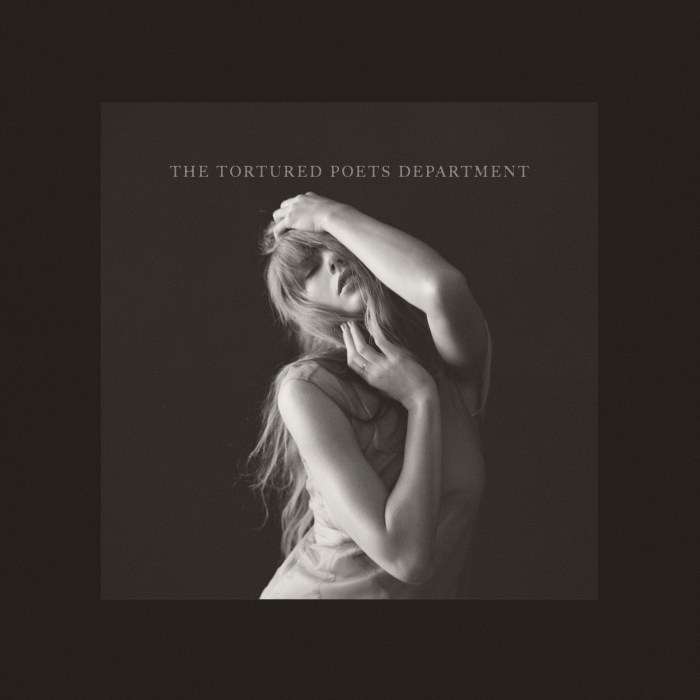By Michael Morton
“This agreement paves the way for communities across the state to turn dormant properties into engines for economic growth and development,” Gov. George Pataki said, referring to areas known as brownfields. Such properties are either polluted or suspected of being polluted, albeit at a lower level than the highly contaminated Superfund sites around the state. Pataki signed legislation in 2003 to give funds to community-based organizations, rather than local governments, so they could examine and possibly clean up the brownfields. But the money was delayed until March 23 because the governor and leaders of the state Legislature could not agree on how it should be spent and would not sign a memorandum required to release the funds. Despite the disagreement, 52 projects totaling $9 million around the city had already been authorized in the first round of the brownfields program, leading to each suffering an 18-month delay. They are now back on track.In Queens, the only project in the first phase of funding is a $420,000 study of 40 blocks within Jamaica's industrial zone, an area that runs along Jamaica Avenue between the Van Wyck Expressway and Hollis Avenue. The project made the list with the help of state Assemblywoman Vivian Cook (D-Jamaica) and will be run by the Greater Jamaica Development Corp., a group that seeks to lay the building blocks for the area's economic growth. The initiative will build on efforts already underway to revitalize under-used or mothballed commercial properties, some of which might be polluted.”We figure there's a tremendous amount of potential,” said Richard Werber, director of business services for Greater Jamaica. With the release of its funding, the organization is now looking for a consultant to conduct the study, which is expected to take 18 months. The project is expected to determine what, if any, pollutants are present at the sites in question, what it would take to clean the properties up and what businesses would be able to use the properties. One hindrance, Werber said, is that if the organization cannot secure permission from owners to test their properties, the consultant must rely on historical research to surmise what chemicals might be in the ground.Including Jamaica, there are more than 6,000 brownfield sites around the city, said city Councilman James Gennaro (D-Fresh Meadows), the head of the Council's Environmental Committee. Community groups can apply for a second round of funding for site projects with the state Department of Environmental of Conservation this spring. Reach reporter Michael Morton by e-mail at news@timesledger.com or by phone at 718-229-0300, Ext. 154.

































